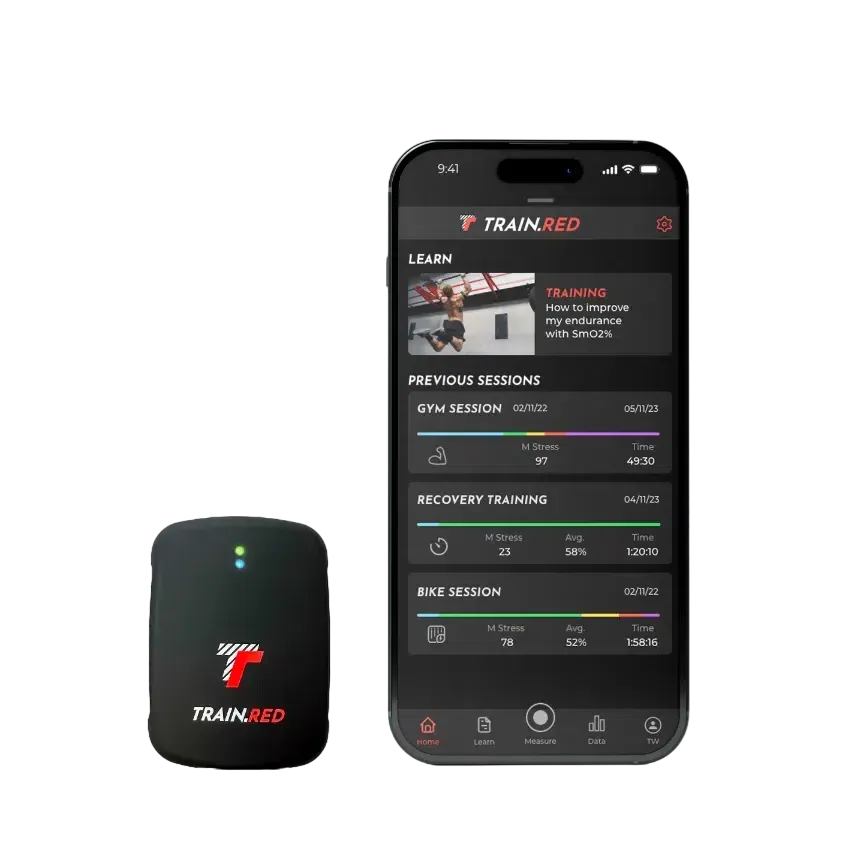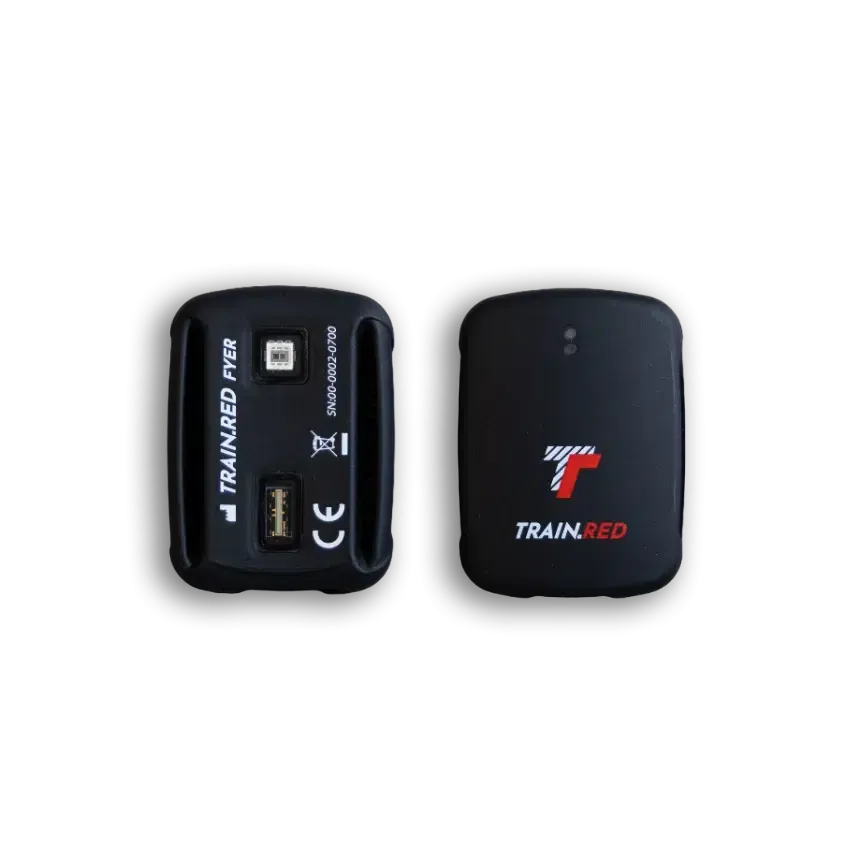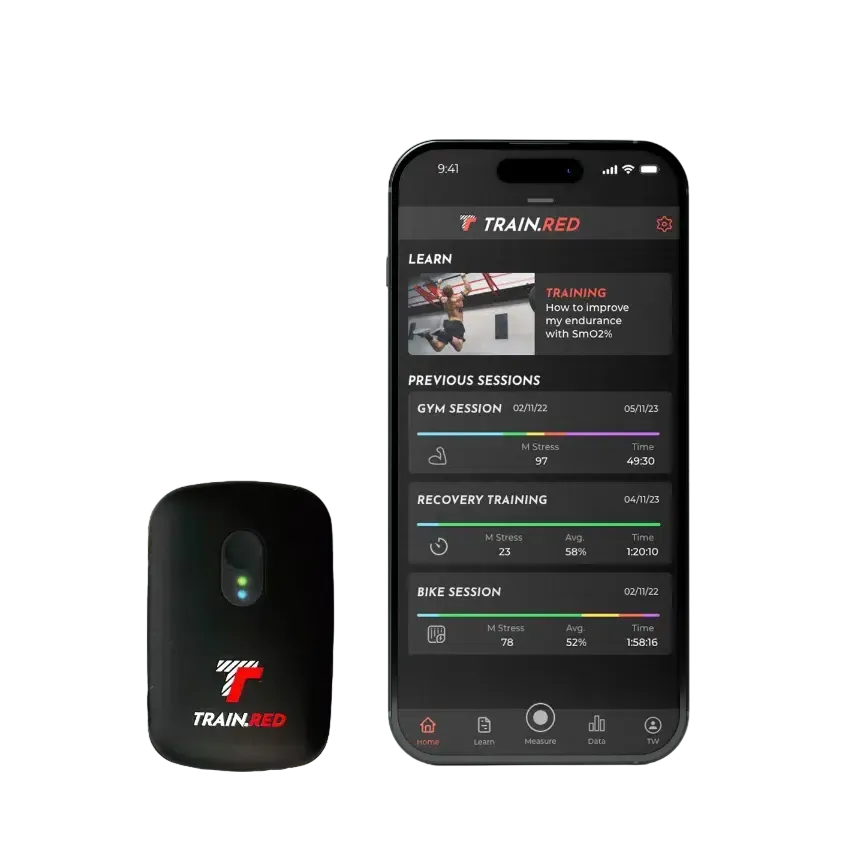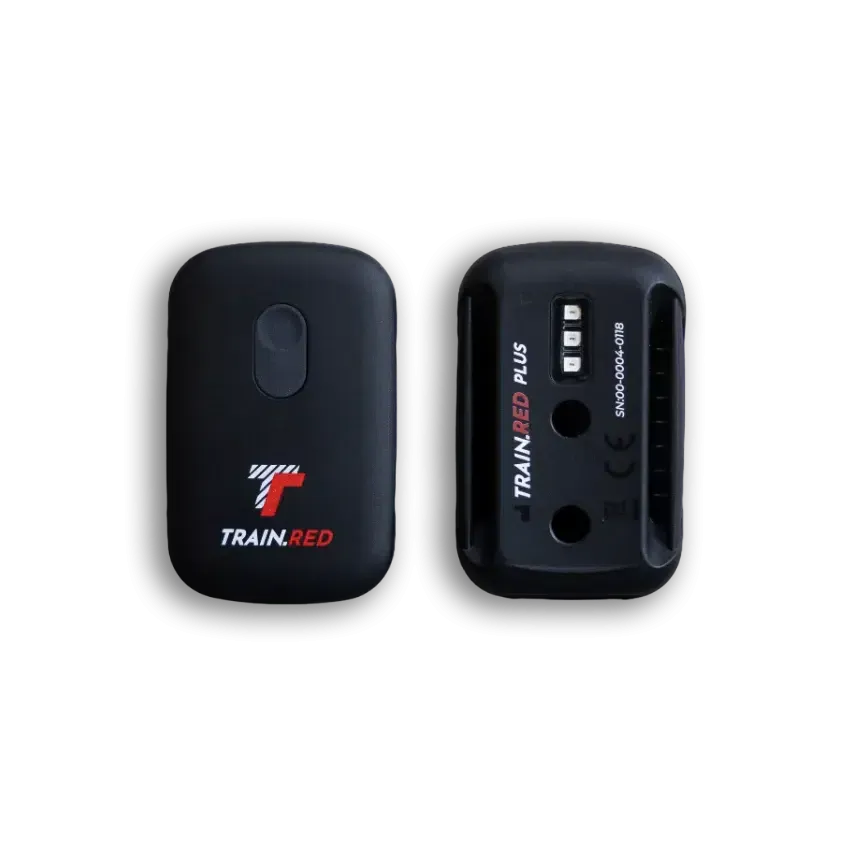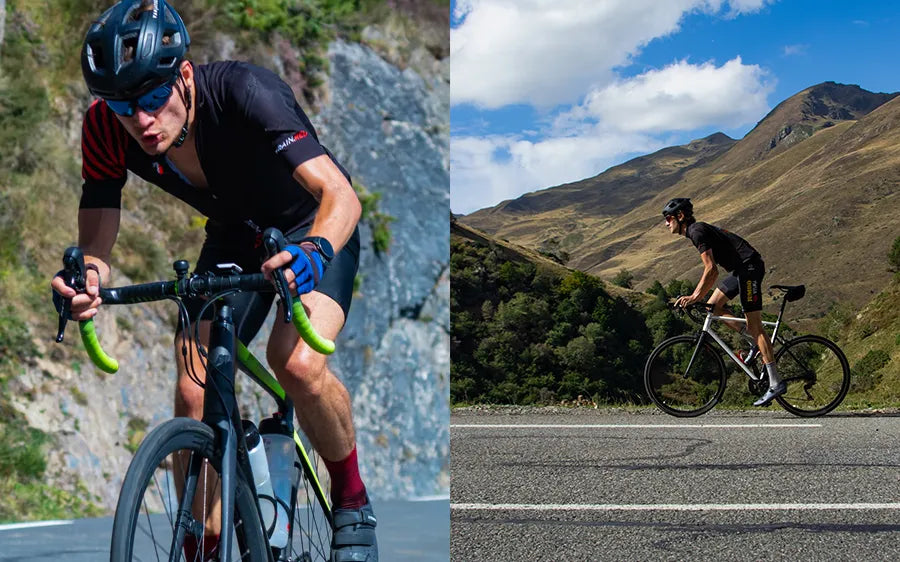
How to Assess Performance Improvement in a Cycling Ramp Test with Muscle Oxygen Data
While cycling is captivating to watch, it's also accessible for everyone to enjoy and improve their well-being. Serious cyclists target specific races, preparing with intense training and recovery ...
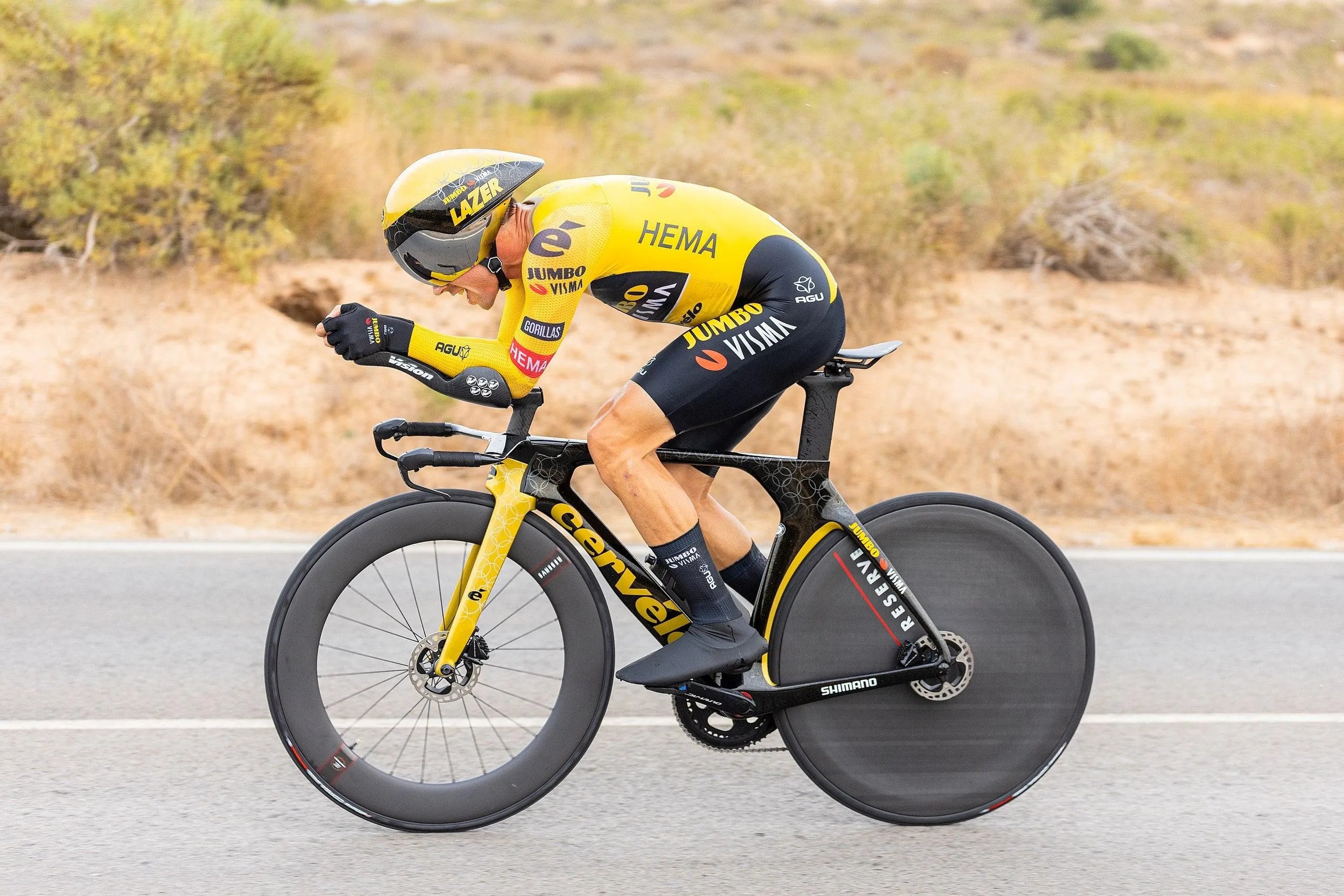
Iliac Artery Flow Limitation: Impact on Endurance Athletes
Flow Limitation of the Iliac Artery (FLIA) is a condition that affects endurance athletes and can lead to pain and underperformance. Detecting FLIA early is crucial for implementing conservative tr...
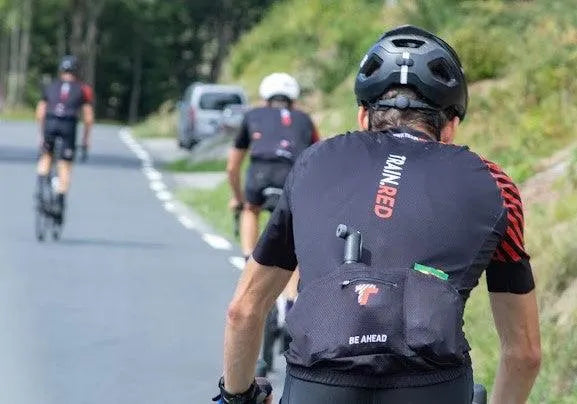
5 Steps To An Ideal Warming-up For Cycling
Warming up is crucial for improving performance and preventing injuries in races. A good warm-up enhances oxygen flow to the muscles, prepares them for intense activity, and mentally prepares the a...
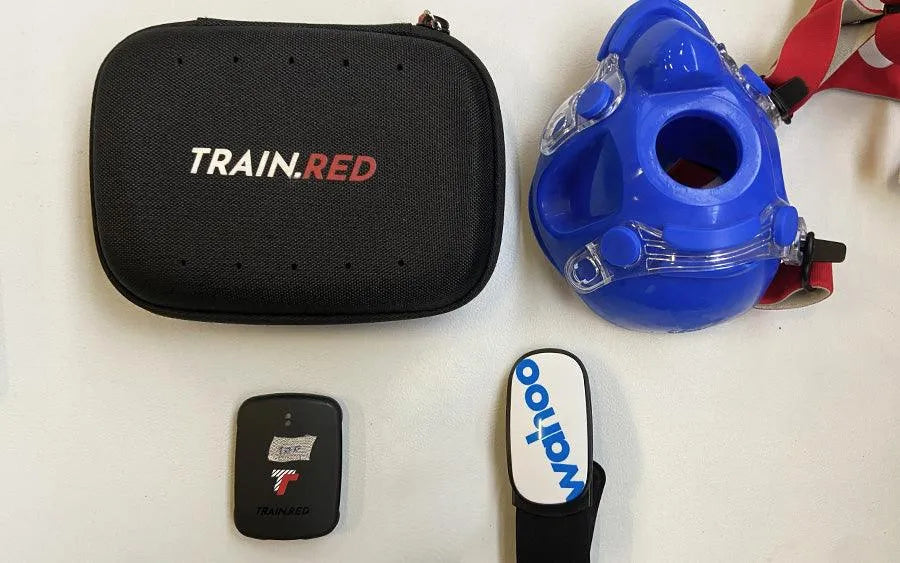
How-to take your cycling assessment to the next level with Train.Red
Cycling is increasing in popularity worldwide, and assessment tests are essential for improving performance. The incremental ramp test is a valid and widely used test protocol that can be performed...
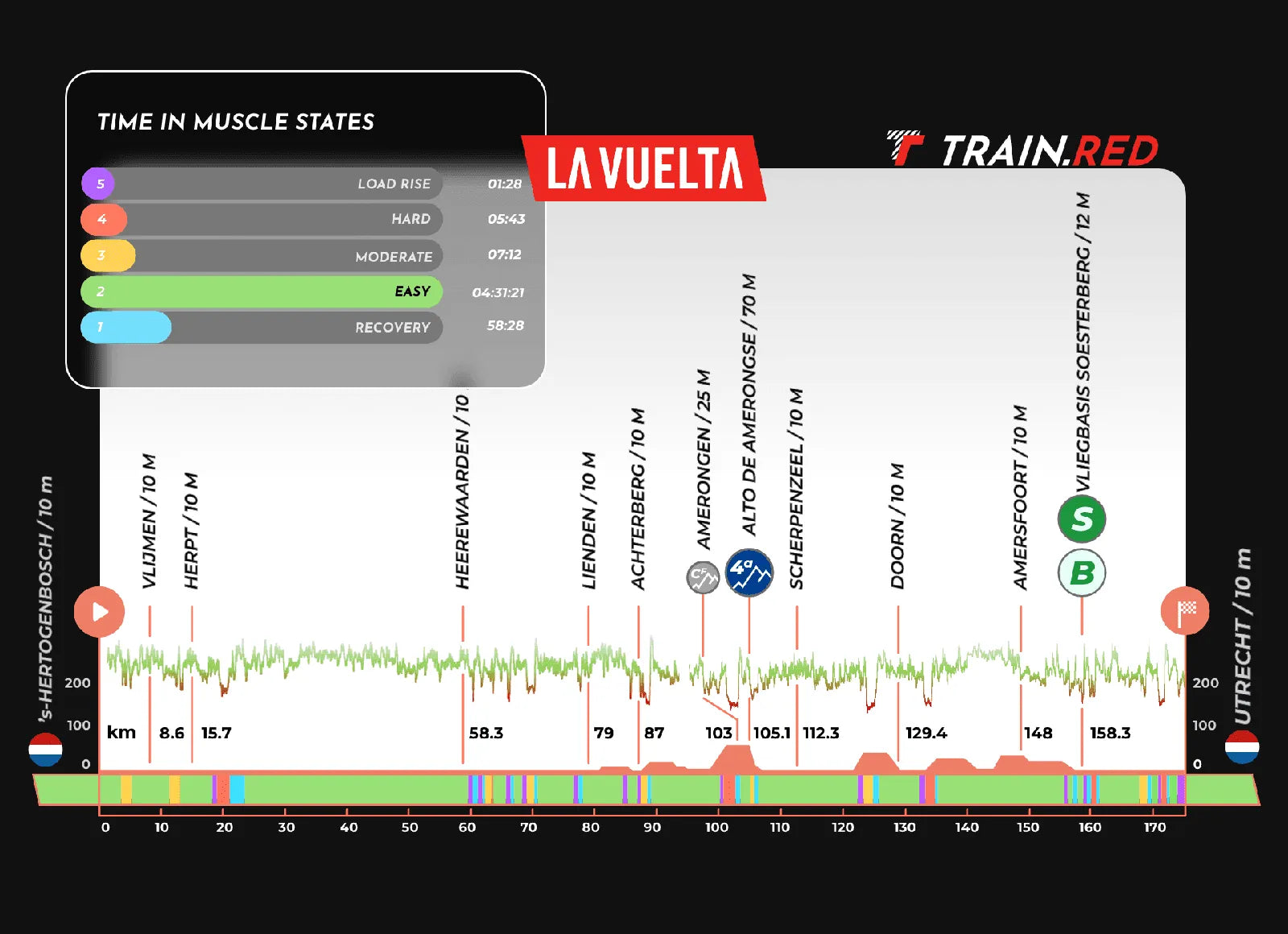
La Vuelta Holanda – Stage 2 (Cycling Lane Edition)
The city of Utrecht in the Netherlands is hosting the Vuelta, one of the three major cycling tours, becoming the first city to host all three tours. The second stage of the Vuelta in Utrecht featur...
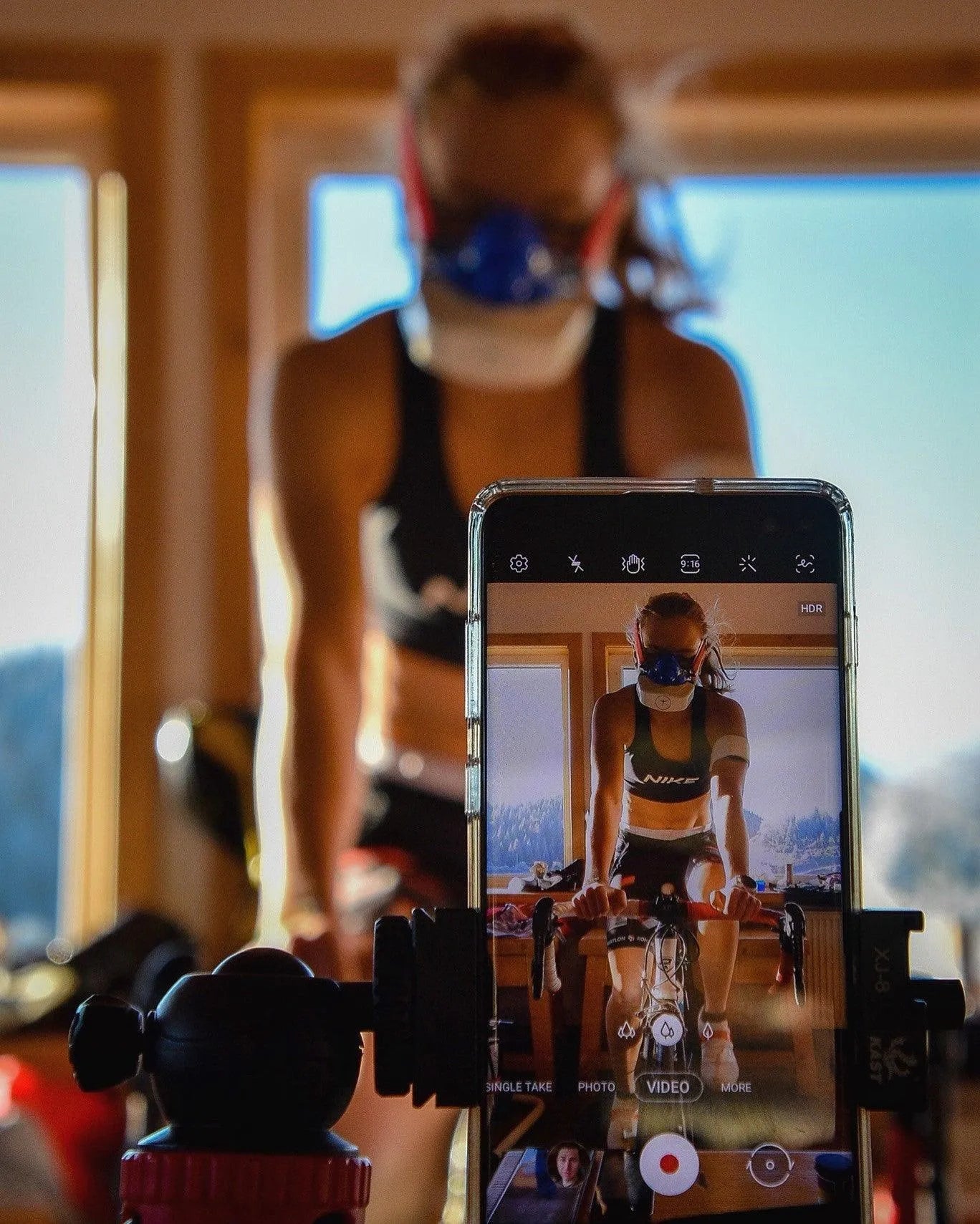
How intense was your training? Did you give it your all?
This blog discusses the subjective and objective measures of exercise intensity, focusing on Rate of Perceived Exertion (RPE) and heart rate. It highlights the limitations of RPE due to its subject...

